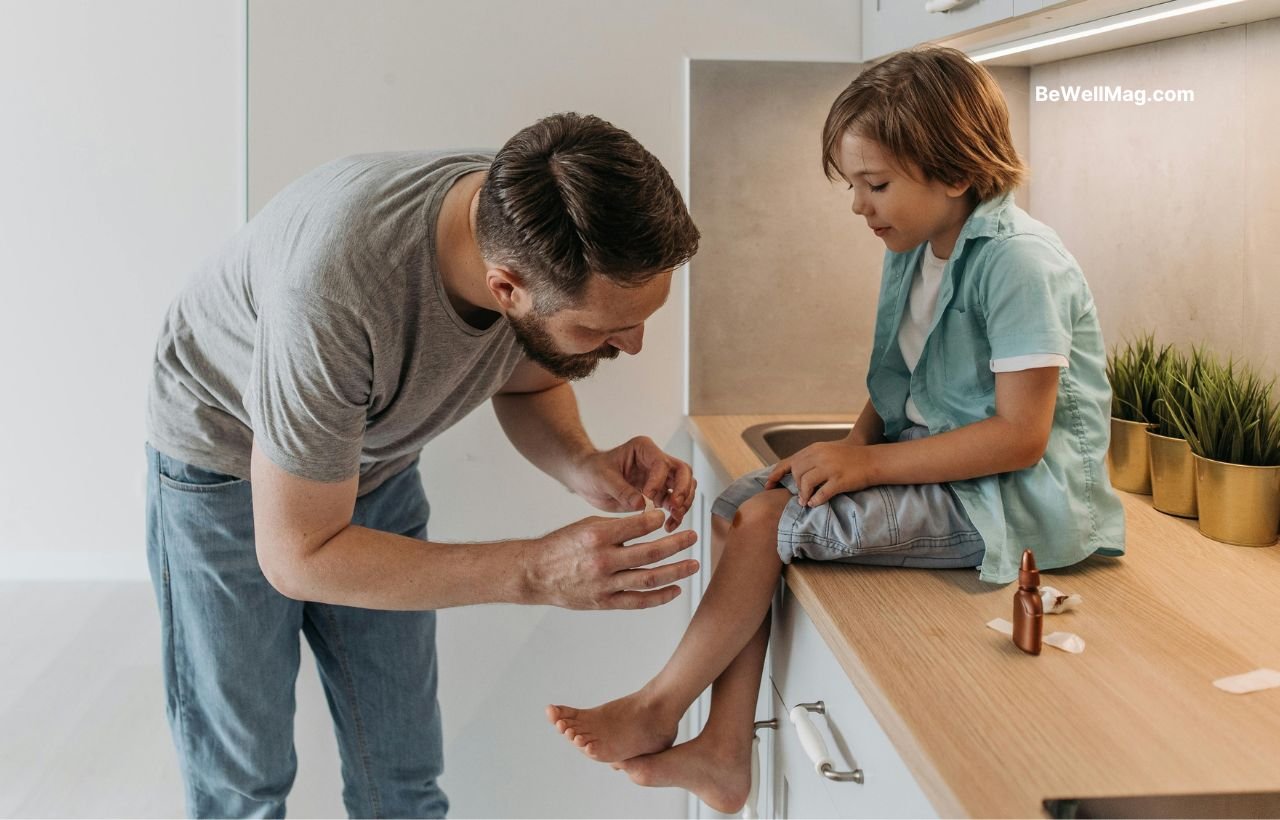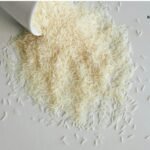Now Reading: Expert Wound Care: Safe Home Cleaning & When to Seek Help
- 01
Expert Wound Care: Safe Home Cleaning & When to Seek Help

Expert Wound Care: Safe Home Cleaning & When to Seek Help
Unlock expert secrets for safe at-home wound care and learn the critical signs to seek medical help—boost healing, prevent infections, and stay safe.
Whether it’s a minor cut from cooking or a scrape from an outdoor adventure, proper wound care is vital. In this post, we dive into proven techniques for safe at-home cleaning and reveal the warning signals that mean it’s time to get professional help.
Understanding Wound Types
Before you start any cleaning routine, it’s essential to distinguish between different wound types. Wounds can range from superficial scrapes to deeper lacerations, burns, or even puncture wounds. Each type requires its own care protocol:
- Minor Cuts & Scrapes: Often manageable at home with careful cleaning.
- Puncture Wounds: These might hide debris and require a cautious approach.
- Burns: Depending on severity, they may need rapid cooling and professional evaluation.
- Deep Lacerations: These might need stitches and thorough medical attention.
Knowing your wound type helps you decide if home care is enough or if it’s time to see a doctor.
Essential Steps for Safe Home Cleaning
Proper wound cleaning isn’t just about rinsing with water—it’s about creating the best possible environment for your skin to heal. Here’s a step-by-step guide:
1. Wash Your Hands Thoroughly
Before you touch any wound, wash your hands with soap and warm water for at least 20 seconds. Clean hands prevent additional bacteria from transferring to the injury, reducing the risk of infection.
2. Gently Clean the Wound
- Use Mild Soap and Water: Dampen a clean washcloth or gauze with warm water and a bit of mild soap. Gently cleanse the area around the wound.
- Avoid Harsh Products: Steer clear of rubbing alcohol, hydrogen peroxide, or iodine unless directed by a professional. These can damage delicate tissues and slow the healing process.
3. Remove Debris with Care
If you see dirt or small particles in the wound, use sterilized tweezers to remove them gently. If debris is deeply embedded or difficult to remove, this is a sign to seek professional care.
4. Dry and Protect the Wound
After cleaning, gently pat the area dry with a clean towel. Cover with a sterile bandage or gauze to protect the wound from airborne bacteria, and replace the dressing as recommended by your healthcare provider.
When to Seek Professional Medical Help
While many minor wounds can be safely handled at home, certain symptoms or conditions call for professional attention:
- Persistent Bleeding: If you can’t stop the bleeding even after 10–15 minutes of applying pressure, seek help immediately.
- Signs of Infection: Redness, warmth, increasing pain, swelling, or pus may signal an infection. Accompanied by a fever, these symptoms are a red flag.
- Deep or Wide Wounds: If the wound is deeper than about a quarter-inch or the edges can’t easily come together, it might require stitches or surgical intervention.
- Wounds from Contaminated Objects: Injuries from dirty, rusty, or animal-inflicted wounds carry the risk of tetanus or severe infection. Medical evaluation is crucial in these cases.
If you’re ever in doubt about the severity of a wound, it is best to err on the side of caution by consulting a healthcare professional.
Best Practices for Wound Care
Taking proactive steps can prevent many complications:
- Stay Up-to-Date on Vaccinations: Ensure your tetanus vaccination is current, especially if you’re prone to cuts and injuries.
- Monitor the Wound Daily: Look out for changes like increasing redness, swelling, or unusual discharge.
- Avoid Overexposure: Keep the wound covered in environments where dirt and bacteria can pose a higher risk.
- Follow Professional Advice: If a wound seems to worsen despite proper care, don’t hesitate to contact a healthcare provider.
These measures not only hasten recovery but also drastically reduce the risk of infection and other adverse outcomes.
Key Takeaways
- Proper Handwashing: Always start with clean hands to prevent infection.
- Gentle Cleaning: Use mild soap and water; avoid harsh chemicals that can damage tissue.
- Debris Removal: Carefully remove any visible particles using sterilized tools.
- Warning Signs: Recognize persistent bleeding and signs of infection as indicators to seek professional help.
- Monitor Daily: Keep an eye on your wound’s progress and consult a doctor if conditions worsen.
Conclusion
Taking charge of your wound care routine at home is both empowering and crucial for your overall health. By following these expert-approved steps—cleansing properly, protecting the injury, and knowing when professional help is needed—you boost your healing and minimize risks. Remember, your skin is your body’s first line of defense. A little knowledge and vigilance can go a long way in keeping you safe.











